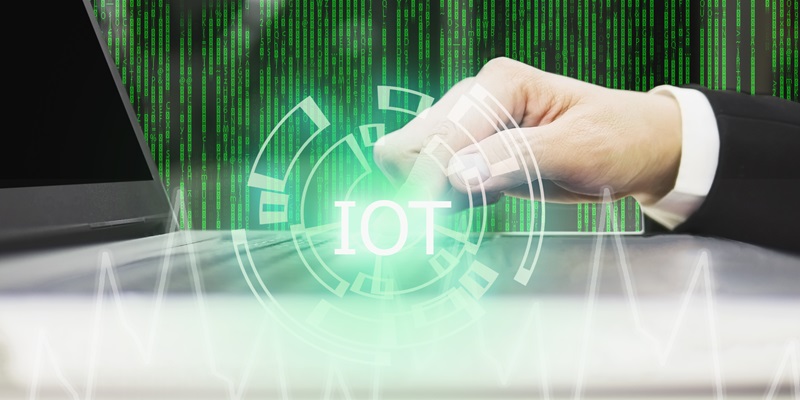The Internet of Things (IoT) is ushering in a technological revolution, powered by vibrations. Piezoelectric materials, which convert mechanical vibrations into electricity, are at the forefront of this movement. These materials are adept at harnessing energy from various sources, such as the constant buzz of city traffic or the incessant movements of industrial machinery.
This innovative method of energy generation allows IoT devices to be autonomous, running persistently without the need for battery replacements or tethering to power sources. This autonomy is particularly beneficial for IoT sensors in remote locations tasked with environmental monitoring or other vital functions. The exploitation of vibrational energy is thus catalyzing the creation of a new breed of IoT devices—devices that are not only more eco-friendly but also adaptable across multiple uses. Consequently, vibration energy is positioning itself as an indispensable component for a more sustainable and robust IoT infrastructure.
Enhanced Efficiency in Data Transmission
Packetcraft is revolutionizing IoT communications with sophisticated software that enhances data transfers, making the most of the limited energy from piezoelectric harvesters. By marrying hardware advances with software finesse, these IoT devices achieve better data transmission using less power.
Innovations in low-power networking, like LPWAN, combined with energy harvesting, are propelling IoT device sustainability and trimming maintenance costs. This technology is particularly crucial for environment monitoring, demanding precise, real-time data on air conditions and animal behavior. Reliable, vibration-powered ambient IoT devices are now key to these tasks.
As the IoT wave surges forward, driven by the unending power of vibrations, a new epoch of ecological surveillance emerges—one that’s more sustainable, effective, and expansive. This alliance of cutting-edge tech grants us unparalleled insights and data, reducing our environmental impact.

